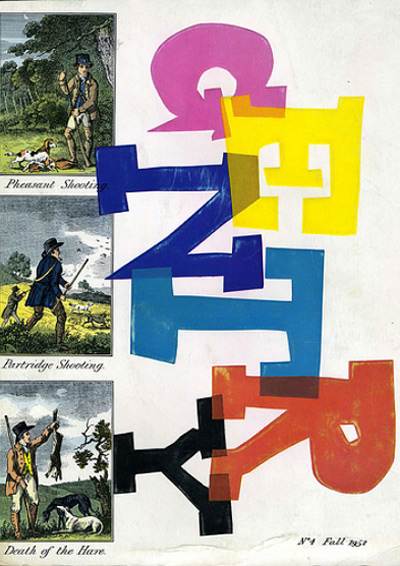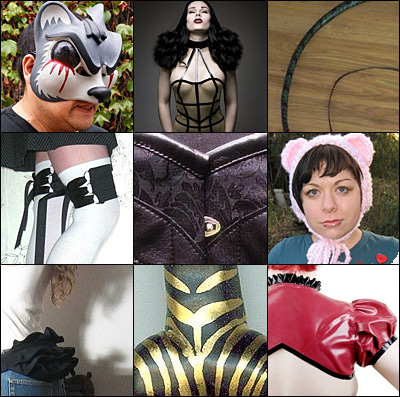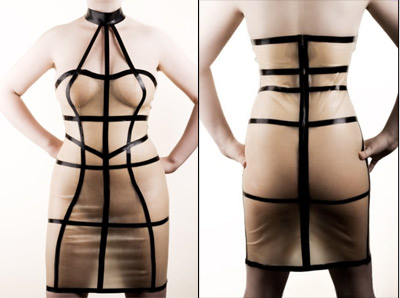Survival of the Bravest

I became a graphic designer mostly because I love stuff. Specifically, I love paper. My career ambitions have changed over the years, but somewhere in my mind was always the notion that I wanted to produce cool two-dimensional stuff — photographs, stationary, magazines — stuff and things made of paper. This love affair with paper has led me to hoard years worth of fashion, music and design magazines, postcards, advertisements and what have you. In these particular economic times, it’s become fashionable to say the publishing industry is dying — dead, even — and who am I to argue when a recent New Yorker has only twelve pages of ads in it? Who am I indeed, but a crazy, stupid hopeful paper-obsessed idealist?
I dream of a publishing industry reborn, emerging from the ashes of poverty burned clean, pruned back and more beautiful than ever. I dream of a Darwinian rebirth, where only the most audacious and gorgeous of publications will survive; a rebirth only possible in the internet age where every niche market can find its products with the tap and a click of a search field and mouse. The popularity of sites like Magazine Death Pool is hard to ignore; once popular and award-winning titles seem to be dropping like flies. But this, I say, is the day of the unique, the individual, the small-run and the special. In order to survive a magazine can no longer count on appealing to everyone blandly; a magazine must be something more in an attempt to rise above the fray. It cannot be dedicated to the dissemination of information, because the internet does that better and faster than any printed publication could. It must embrace its status as an obsolete object and revel in its old-fashioned tactility.

In the 1950s there was a magazine that did just that, in unprecedented fashion. I’m speaking of Gentry Magazine, a footnote in publishing history and the subject of an illuminating little essay by Stephen Heller that I happened to read this year. Published quarterly in the 1950’s by William Segal, Gentry was unabashedly aimed squarely over the heads of the riff-raff at the “100,000 men” who were cultivated, sophisticated and wealthy enough to “get it”. Produced at great expense with first-rate papers, sumptuous printing, die cuts, embossing, fold-out pages, product samples and color plates, the magazine cost 8 dollars for a yearlong subscription. This was going out on a pretty big limb for the publishers if you consider the average magazine issue cost in the 50s was about 25 cents. I can’t believe they sold it so cheaply.
The erudite content centered on men’s fashion and gentlemanly pursuits like riding and smoking, along with articles about food, wine, art, history and culture. Segal saw the publication as both an exclusive club for those cultivated enough to appreciate it and an educational tool for those aspiring to appreciate it. Endeavoring to reach beyond the pages and engage with the audience, he included many unusual treats. An article about suits would include a swatch of fabric for the reader to touch; an article about smoking might include a tobacco leaf to smell; an article about riding was famously accompanied by a small sample of oats. Henri Matisse did a cover in 1956, which is not surprising, given Segal’s desire to elevate the magazine to the realm of fine art. Each goodie — each fabric swatch or color plate — was hand-placed and glued, a fact that was celebrated as proof of the value of the extravagant book, giving it more in common with fine art than mass-produced pop rags.
If I came across a publication such as this today, it would take my breath away. The sheer opulence and ambition of it (even now, when those fabric swatches needn’t be hand-glued as they were in the 50’s), coupled with a high level of respect for the reader’s intelligence, would floor me. The publishing industry is dead, you say? Magazines are history, you say? I declare, I would buy any magazine that could floor me like that. Even in a recession, I would buy the ever loving fuck out of it. I also declare with equal certainty that as long as there are people like me who love paper, magazines can never die; they can only get better as they battle for attention.
Now, be nice and stay away from my Gentry ebay auctions and no one will get hurt.












